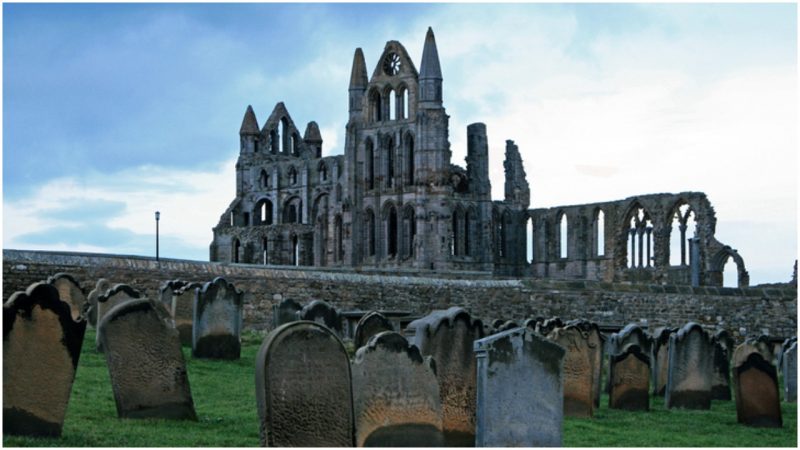Sometimes myths and legends create new myths and new legends. Such is the case with Whitby Abbey.
The famous author Bram Stoker got the inspiration for his epic novel Dracula from the colossal remains of Whitby Abbey and the legend about the pale ghost of a lady who wanders in the shadowy ruins of the former Gothic monastery. The legend says that the lady was bricked up alive in one of the walls and that she was frequently seen in one of the crumbled windows. Maybe the legend is true or maybe it isn’t, but the bats are definitely here. They are for sure permanent inhabitants there.

In fact, in 1890 Bram Stoker learned about the real Vlad Dracula (Vlad III, also known as Vlad the Impaler) in the local library of the town of Whitby in North Yorkshire. He perfectly mixed the discovered information with his ingenious imagination and thus the legendary story of Dracula was born.
One legend made alive another legend. But the haunting ruins of Whitby Abbey weren’t only inspiration for Bram Stoker. Throughout the years many ordinary visitors, writers, and artists were moved by the fantastic atmosphere of the collapsed structure. And also, at its peak, the monastery was regular place for pilgrimages and inspired many devoted Christians to find their path to God.
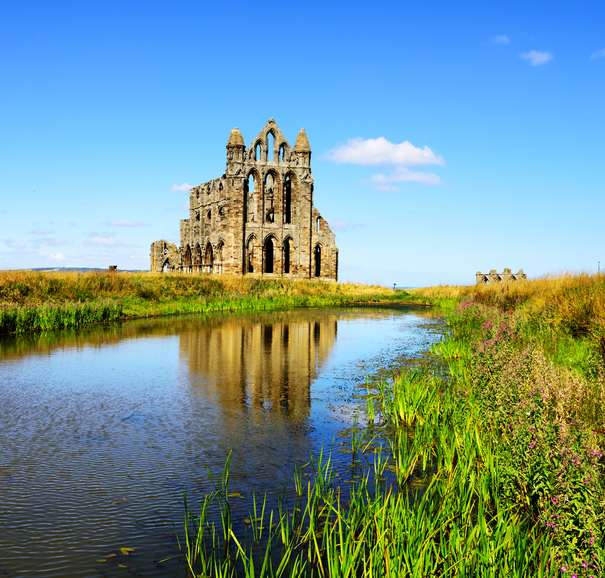
The ruins are placed on a cliff facing the North Sea in an area which archaeological discoveries show was inhabited since the Bronze Age. During the Roman Era (3rd century AD) there was a Roman signal station or maybe even a settlement. However, the first monastery at the site was built in 657 by St Hilda, who was appointed by the Saxon King of Northumbria to found a monastery in Streoneshalh (the old name of Whitby).
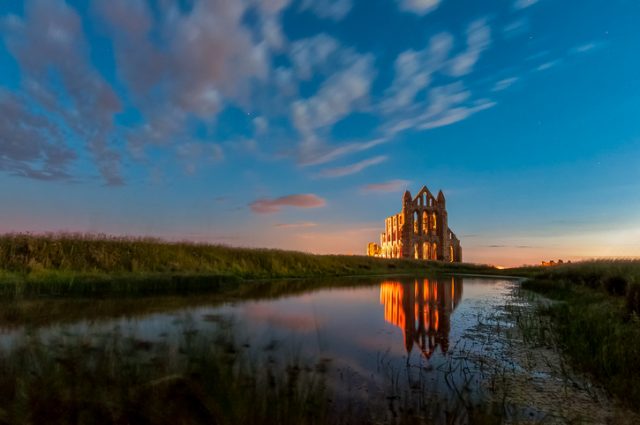
Very soon the place grew into one of the most crucial religious complexes for the people of the Anglo-Saxon society. The monastery’s cells became home of great number of monks and nuns. For a few years at the monastery lived the honored poet Caedmon, who is known as the earliest English poet. It is obvious that the monastery was respected by the Northumbrian Royal family because the monastery’s property served as their burial site. Years later, Norman nobles were buried at the cemetery too.
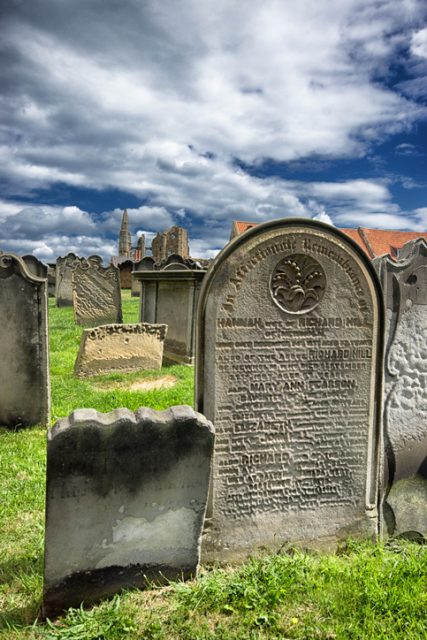
In 664 the monastery was the location of the Synod of Whitby, when King Oswiu of Northumbria decreed that the practice of Christianity according to the practices of Rome would replace Celtic Christian tradition in the region. The glory days of the monastery ended at the end of the 9th century. It was several times attacked and destroyed by the Vikings. The location was abandoned until after the Norman Conquest.
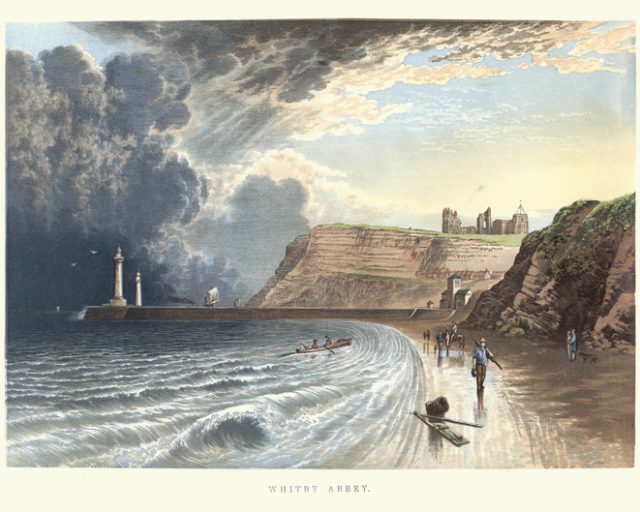
At the end of 11th century, the soldier and monk Reinferd received orders from William de Percy to erect a Benedictine Abbey on the foundations of the old monastery. A huge reconstruction of the monastery church in the Gothic architectural style occurred in the 13th century. In the following centuries, it was enlarged and several times reconstructed.
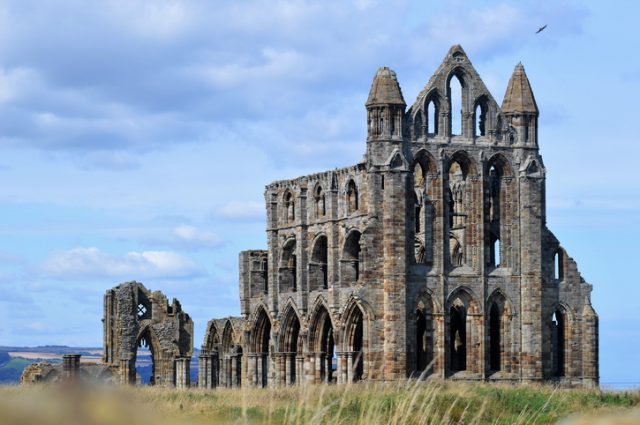
But the life of the secondary monastery ended in 1540s, destroyed by an order of King Henry VIII during the Reformation. His soldiers demolished large part of the structures and took away any valuable objects.
Throughout the years the ruins have been shaped by constant erosion caused by the strong winds and rain. Locals used the stones for building their houses. During World War I the remains were heavily demolished by German battleships, who were attacking the adjoining signal station. Today the roofless and ruined structure stands proudly as a shell above the town and waits for another legend to be born.
